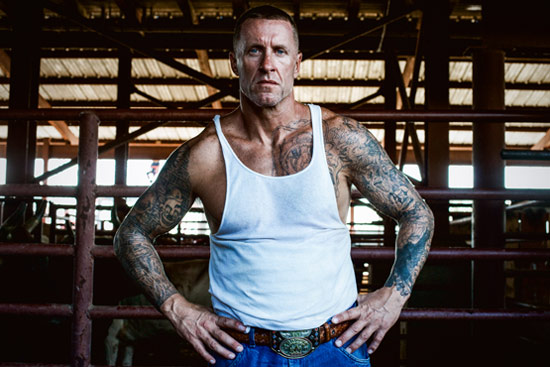
Giles Clarke is a social documentary photographer based in New York City known for his work in Haiti, Bhopal, and with the Occupy movement. We met at Photoville in Brooklyn this summer and I am honoured to publish his work. His diverse career includes producing TV segments for Channel 4, and tour visuals for Paul Oakenfold. Clarke began his serious work and dedication to activism with a 6-week stint in Bhopal, India where he filmed and photographed the victims of the Union Carbide gas tragedy. Clarke continues working closely with the Bhopal Medical Appeal on raising awareness. An image from his series 'Prison Pit' made in El Salvador was featured in CNN's A Year In Pictures.
Angola opened in 1901 on a former plantation estate, quickly establishing itself as one of the toughest penal institutions in the country, responsible for overseeing the hardest criminal elements in the South, in a state with notoriously rigid laws. Conditions up until the early 70s were often described as "medieval and squalid," and prisoner protests were common. The current warden, Burl Cain, operates Angola as a "working farm," one of the most efficient in the state, stressing that "keeping inmates busy and working is the most important thing we try to do."
"The rodeo, which was first started in 1967, continues on because we see it as a vital tradition and good reward for the inmates who deserve to be here today. It's a big privilege to be allowed to take part in the rodeo, and they know that," said Warden Cain. "It also allows us to raise much needed funds for our rehabilitation programs." Photos and text by Giles Clarke.
Assisted by Lawrence Sumulong.
